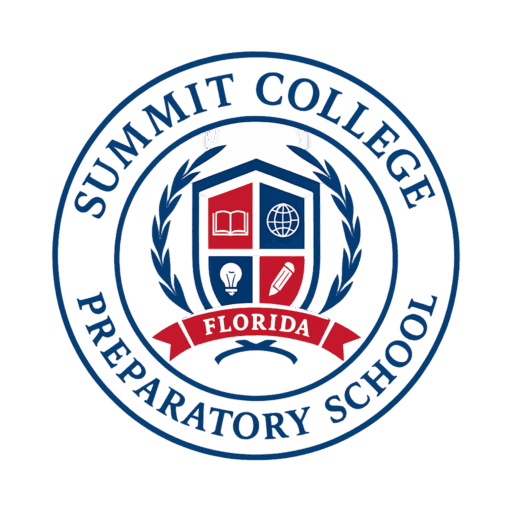Math 12 (Calculus Honors)
Course Overview
Calculus Honors is a rigorous, college-preparatory course designed to provide students with a comprehensive introduction to differential and integral calculus. This non-AP advanced course mirrors the conceptual and applied depth of AP Calculus AB, offering a foundation for students pursuing STEM majors. The curriculum is aligned with Florida B.E.S.T. benchmarks and the College Board’s core calculus themes: limits, derivatives, integrals, and the Fundamental Theorem of Calculus.
Students develop strong analytical reasoning through symbolic manipulation, graph analysis, modeling, and structured problem-solving. Emphasis is placed on connecting representations: numerical, graphical, algebraic, and verbal. Applications include physics, economics, biology, and real-world motion and accumulation models.
Learning Outcomes by Quarter
- Quarter 1: Explore limits, continuity, and the concept of instantaneous rate of change. Analyze function behavior graphically and algebraically.
- Quarter 2: Master differentiation rules and apply derivatives to optimization, motion, and curve sketching.
- Quarter 3: Develop an understanding of integration as accumulation. Use definite integrals to calculate area and solve problems involving displacement and net change.
- Quarter 4: Explore applications of integrals, basic differential equations, volume by revolution, and the Fundamental Theorem of Calculus.
Instructional Methods
Instruction includes inquiry-based exploration, guided problem-solving, graphical technology (Desmos, GeoGebra, graphing calculators), and student-led explanation. Students work through advanced modeling tasks, derivation of formulas, and real-world case studies. Conceptual understanding is reinforced through multiple representations and frequent feedback.
Assessment and Grading
| Category | Weight |
|---|---|
| Major Tests & Honors Projects | 40% |
| Quizzes & Advanced Problem Sets | 25% |
| Homework & Written Explanations | 15% |
| Participation & Academic Discourse | 10% |
| Portfolio & Reflection Journals | 10% |
Anchor Topics Justification
- Limits & Continuity: Critical for establishing the logical structure of calculus and understanding instantaneous behavior.
- Differentiation & Applications: Applies to velocity, slope, economics, biology, and physics contexts.
- Integration & Area Models: Builds conceptual understanding of accumulation and net change in a function.
- Fundamental Theorem & Modeling: Unifies differential and integral calculus and prepares for AP/college-level study.
College Board – Pre-AP/Calculus AB Alignment
| Domain | Integrated Skills in Calculus Honors |
|---|---|
| Limits & Continuity | Analyzing function behavior at endpoints, jumps, and infinite limits |
| Differentiation | Product/quotient rules, chain rule, implicit differentiation, tangent lines |
| Integration | Riemann sums, net area, accumulation models |
| Mathematical Communication | Explaining calculus concepts verbally and in writing with clarity |
Unit Overview
| Quarter | Unit Title | Florida B.E.S.T. Benchmarks | College Board Focus Skills |
|---|---|---|---|
| Q1 | Limits, Continuity & Intro to Derivatives | MA.912.L.1.1, MA.912.C.1.1 | Concept of the derivative, limit laws |
| Q2 | Differentiation Techniques & Applications | MA.912.C.1.2, MA.912.C.1.3 | Product/quotient rule, optimization, curve analysis |
| Q3 | Integrals & Accumulation Functions | MA.912.C.2.1, MA.912.C.2.3 | Area under curve, net change theorem |
| Q4 | FTC, Volume, Slope Fields & Models | MA.912.C.3.1, MA.912.C.3.3 | Fundamental Theorem of Calculus, solids of revolution |
Academic Vocabulary Matrix
| Category | Key Terms | Contextual Application |
|---|---|---|
| Limits & Behavior | Continuity, Asymptote, Local Behavior | Used to describe the shape and motion of graphs |
| Derivatives | Chain Rule, Inflection Point, Critical Value | Used in motion analysis and curve sketching |
| Integrals | Definite Integral, Area, Riemann Sum | Used to quantify displacement and accumulation |
| Theorems & Modeling | Fundamental Theorem, Slope Field, Optimization | Used in advanced modeling, physics, and business applications |
